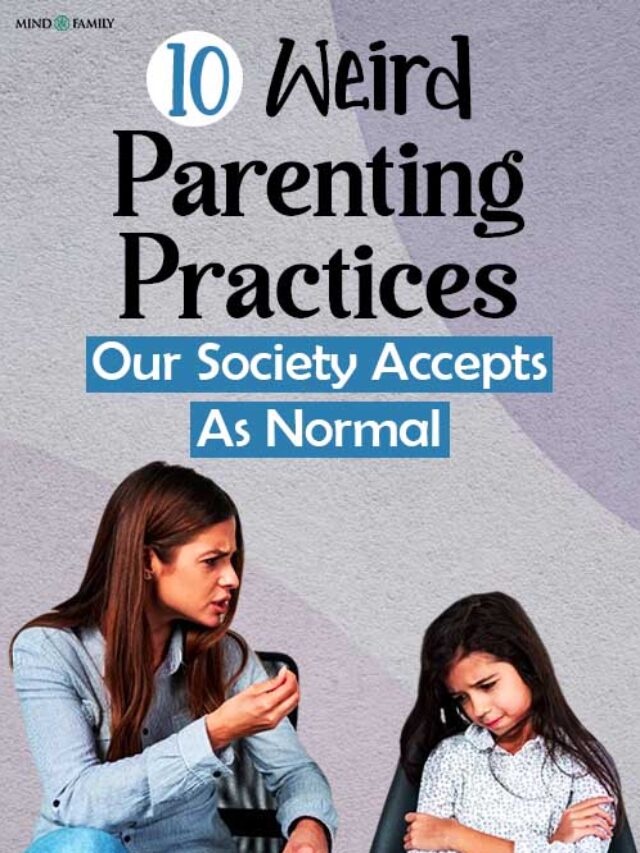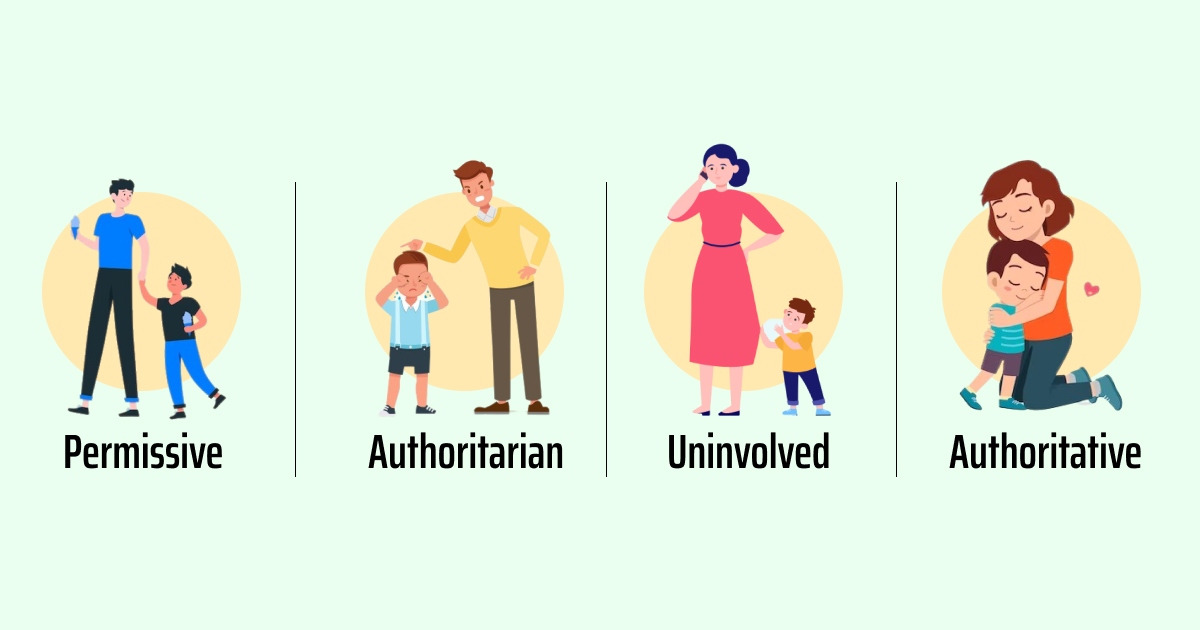Screen time for teens is increasing more and more in the digital age. This is because smartphones, tablets, computers as well as gaming consoles are highly accessible within reach than ever before.
On the other hand, parents should be considering the probable dangers associated with too much screen time and how best to handle it.
This article assesses how teenagers are affected by screen time; provides tips for setting restrictions on it and gives some ideas for managing the difficult problem of how to control their usage.
What Are Risks Of Screen Time On Teenagers
According to Common Sense Media, it is alarming that the average time screen time for teens is around seven hours and 22 minutes on screens each day, without any time spent on computers for school.

While we recognize the allure of digital tools, we cannot overlook the potential dangers associated with excessive screen time during the formative adolescent period when brain development is at its peak.
Here are some risks:
1. Impact On Sleep
The most important concern involves sleep. Bright screens can interfere with melatonin production affecting your ability to fall asleep and stay asleep. We understand how vital sleep is for your physical and mental well-being. It isn’t just about feeling refreshed; it’s about supporting your immune system, attention span, memory as well as learning capacity.
2. Emotional Well-Being
Moreover, there are emotional consequences that arise from too much screen time for teens. Some studies have suggested a link between teens who have a lot of screen time and higher levels of depression which scientists are still investigating further. We would like you to focus on positive emotions and mental health activities for yourself.
3. Impact On Physical Health
Furthermore, an excess amount of computer use may change your brain physically during adolescence when it is developing most critically. Studies show that excessive screen time may lead to actual alterations in the cortex which processes information in our brains so this has implications for its long-term impact on your cognitive function and overall brain health.
Find a balance in life by engaging in a variety of activities beyond screens; let your hobbies such as sports, music, or cooking stretch your mind. This not only will help you grow personally and improve problem-solving skills but also provide venues for social interaction.
Read More: 5 Damaging Impact of Social Media on Children
Daily Average Screen Time For Teens In 2023
When it comes to teenagers’ screen time habits, Pew Research provides a comprehensive overview of the same in terms of trends over time, gender distinctions, preferred activities, and social media usage.

Below are the key points that show the average screen time for teens:
1. Total Screen Time:
This is 43% of their waking hours, meaning that teenagers spend an average of 7 hours and 22 minutes per day in front of screens.
This exceeds the global average by 24 minutes which stands at 6 hours 58 minutes.
2. Parental Permissiveness:
85% allow at least one hour per day while 47% permit children to use screens for more than three hours every single day.
3. Frequency of Usage:
The average screen time for American adolescents increased from six hours and forty minutes in two thousand fifteen to eight hours and thirty-nine minutes in twenty twenty-one revealing an increasing pattern over time.
4. Age Group Comparison:
For tweens (8-12), there was also an increase from four hours and thirty-six minutes recorded in two thousand fifteen to five hours and thirty-three minutes recorded in two thousand twenty-one.
Conversely, teens(13-18) spend more time on screens than do tweens with teenage boys spending more time compared to teenage girls’.
Generally speaking, it can be said that this data exhibits the widespread presence of screen time among teenagers with upward trends as indicated by numbers as well as differentiations depending on sex or favorite pastimes.
Being aware of these changes will let parents effectively surf through their kids’ digital lives guiding them while allowing for informed decisions concerning their online activities.
Read More: Breaking Tween Habits Made Easy: 10 Creative Solutions for Parents!
What Should Be The Average Screen Time For Teens
Determining the right amount of time teenagers should spend on screens can be difficult and may depend on unique circumstances such as age, lifestyle, and personal preferences.

Nevertheless, several respected organizations have made general recommendations:
1. American Academy of Pediatrics (AAP):
The AAP stipulates that children aged 2 to 5 years old should not spend more than an hour each day watching quality content. They also recommend limiting monitor use for children above six years old while ensuring that it does not affect their sleep, physical activities, and other healthy habits.
2. World Health Organization (WHO):
According to WHO guidelines, screen time for children under one year should be zero, whereas those who are between two and four should have restricted sedentary screen time. Furthermore, it recommends that children aged 5-17 years get a minimum of sixty minutes per day of moderate to intense physical activity and minimize sedentary behavior including screen use.
3. Common Sense Media:
Common sense media advises parents to take a balanced approach when allowing their kids to watch TV by considering factors such as age appropriateness, quality of content, and family values. It is suggested that they limit the amount of time spent watching screens and engage in alternative activities like playing outside reading books or even talking with friends.
As parents or guardians weigh what would be appropriate limits for their child’s screen time usage they need to measure overall progress which includes such issues as academic performance, social interactions, and physical health among others.
Read More: Is Your Child Suffering From Childhood Insomnia? Exploring The Causes And Treatment
How To Manage Screen Time For Teens: 10 Helpful Tips For Parents
Parents have a variety of gadgets and constant connections to deal with, so they must promote good habits from childhood.

Below are some helpful tips for parents on how to manage screen time for teens:
1. Make Screen Time a Privilege:
Show that screen time is a right that should be gained through responsible actions and doing other tasks. You should encourage your teenager to prioritize school assignments, chores, and other obligations before engaging in any screen activity. By making them understand the idea of earning their own TV time, you assist them in learning such critical life skills as time management and self-control.
2. Role Model Healthy Habits:
As a parent, lead by example and show healthy behavior for screen use. Teach your child how to prioritize things like reading, exercise, and interpersonal relationships over excessive viewing of screens. This way you create patterns for your adolescent to copy which affirm the importance of balance and moderation concerning screen times.
3. Discourage Multitasking:
You can discuss with your teen about multitasking effects on productivity or mental ability. Encourage them to concentrate on one task at a time by highlighting the merits associated with sustained attention as well as deep concentration. When discouraging multitasking actions you promote effective task outcomes because it develops excellent time management skills in teenagers.
4. Establish Clear Rules:
Set clear consistent boundaries around using screens within your home. For example, setting particular regulations when screens can be watched say; particular slots during the day, and putting off the TV in bedrooms supports better sleeping habits. By providing structure and limits, parents help their teens create healthy relationships with technology leading to more balanced lifestyles.
5. Encouraging Physical Activity
Rather than indulging in screens, persuade your adolescent to take part in physical activities as an exciting diversion. Outdoor sports, hiking, or biking together can be some of the alternatives you can suggest to appeal more for exercise. Incorporating physical activities into family routines promotes a healthy lifestyle and offers opportunities for bonding and creating lifelong memories.
6. Educating Your Teen on Media Literacy
Start a straightforward talk with your teen about media literacy and how much spending time on screens could affect their general health. Talk about advertisement influence, the portrayal of unrealistic standards by media houses, and the media awareness concept. Information that is relevant and equipping your child with knowledge enables them to make decisions that are based on facts as they navigate through the digital world.
7. No Electronics at Mealtimes
This is done so that meals become times when families can bond better while communicating effectively. Everyone must keep away from any electronic devices to concentrate on just being with each other and talking to one another By eliminating distractions during meal times, you provide chances for meaningful interactions that strengthen family ties.
8. Screen Free Days
Incentivize some screen free days or long periods of digital detox to encourage other activities as well as minimize dependence on electronics. These moments may be utilized by engaging in outdoor escapades, creative ventures, or family outings that improve face-to-face connections while providing hands-on experiences.
Consequently, by occasionally giving screens a break, one helps develop healthier associations between the teenager and different sorts of tech; hence helping him/her appreciate actual life happenings.
9. Plan Family Activities Together
Plan regular family activities without screens that allow quality time spent together like board game nights or picnics in the park where people play games while engaged. Such moments help families bond over shared experiences leading to precious memories being built up among them. In this way, it creates an opportunity for bonding, sharing experiences as well as making lasting memories.’
10. Family Meetings
Plan family meetings to discuss screen time rules, address concerns, and come up with solutions as a unit. Encourage your teenager to talk about their feelings and listen to what they say in return. When the youth are actively involved in making decisions and communication is opened up it enhances mutual respect between parties, encourages cooperation, and makes each member feel part of a group trying to maintain healthy screen habits.
These strategies help parents guide their teens towards a balanced approach to screen time and promote healthier habits that support overall well-being. Consistency, communication, flexibility – these are the most important aspects of managing teenagers’ screen time properly.
Read More: What is Sharenting: 6 Devastating Consequences of Oversharing Online
A Word From Mind Family
Mind Family has a clear understanding of the difficulties parents face when it comes to managing their teenager’s screen time in an ever-changing digital world.
Parents can assist their teenagers in developing healthier screen habits by employing the measures given in this write-up and maintaining equilibrium between online and offline activities. Parents need to be good examples of how to use technology, engage teenagers in discussion as well as ensure that they spend enough time with them.
United, we can maneuver complicated screen-time issues and establish a supportive atmosphere that fosters better living even during this digital age.
Remember that even small changes towards healthier screen habits can make a huge difference in your teen’s life.
Frequently Asked Questions (FAQs)
1. What are the risks of screen time on teenagers?
Excessive screen time can disrupt sleep, impact emotional well-being, and affect physical brain development in teenagers.
2. What should be the average screen time for teens?
Determining the ideal average screen time is complex and varies based on factors like age, lifestyle, and individual needs.
3. How to manage screen time for teens?
Parents can manage teen screen time by setting clear rules, encouraging physical activity, and fostering open communication about media literacy and its impact.


















Leave a Reply